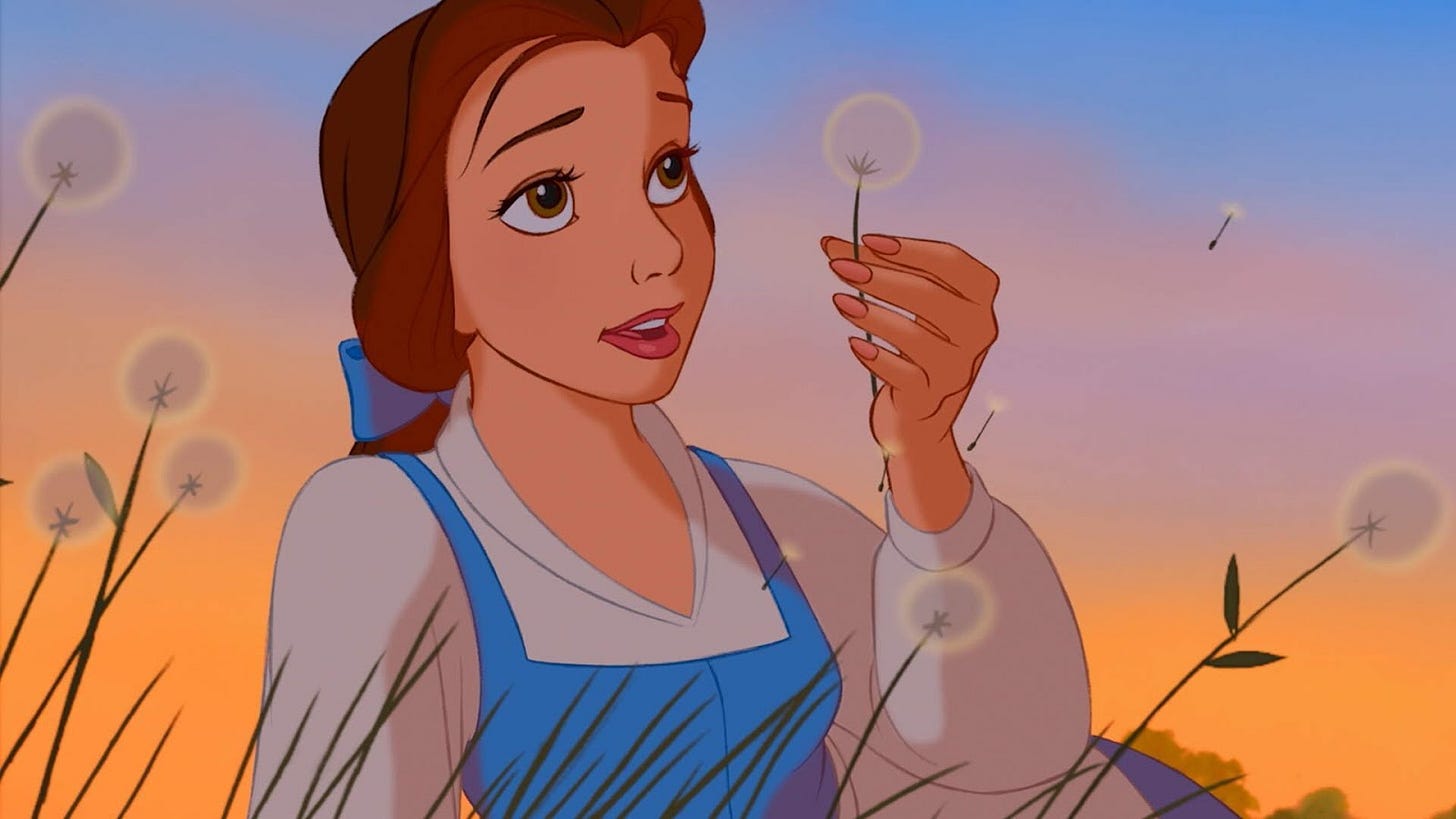Layering in your prose is useful for many things, but one particularly interesting effect is how you can create little “climaxes” in the dandelion arc of your narrative. Some of them will be critical to the core of the story, but they’re just as likely to be small pops of understanding that reward the reader for paying attention and demonstrate that the narrative cares about their experience. We’ll call these “Epiphany Moments.”

When they’re big, these are the “Oh snap!” moments where everything comes together for the reader. This is when all the threads of the narrative cohere and the audience understands what they’re reading, and its implications. Technically the reveal on a twist would be an epiphany moment, but most epiphany moments aren’t “twists.” It’s better to think of them as revelations.

Narratives can be a slow burn up to the epiphany. Or the epiphany can be unexpected, because the reader wasn’t expecting an extra layer or deeper insight. In the case of small epiphanies, the narrative as a whole might not care about that moment at all, and it’s more of an easter egg or gift to the reader than anything else.
The key thing is that epiphany moments help the text transcend the basic narrative:reader relationship by breaking out of the space they’re engaging in to do more. It doesn’t matter whether the text has global externality or local externality: epiphany moments are about the reader’s sudden enlightenment.

Structure, and cannily made structural choices, give you a framework inside which it’s easier to orchestrate an epiphany moment. If you’re doing that, then identify a “Reader epiphany goes here” spot in your structure, then ensure that all the elements needed for that epiphany come together at that point. This is a little tricky since different readers will catch on to different pieces at different times, but even if they have part of the picture worked out before the revelation, they can still get something from the context and nuance the whole picture provides.
Choosing the timing of your moment can be critical to its potential for success: some moments lend themselves more naturally to epiphanies than others. If you’re using a nonlinear structure where the chronological relationship between events is obscured, the moment where readers achieve clarity on that is a prime one for creating an epiphany moment.

As mentioned before, twist reveals can be a kind of epiphany moment. Try to avoid thinking of them that way, though. Instead, you’ll find more success if you think of that twist as the foundation of an epiphany moment. The reader gets the twist, yes, but the thing that makes it an epiphany is their understanding of the implications of the twist for the narrative and its theme. To use an old plot trope as an example: the twist that two babies were secretly switched at birth is a twist that can be interesting, but it’s the fact that the one raised as a peasant is the rightful heir to the throne and the interests of the underprivileged are now likely to have a very powerful advocate that makes this a moment that goes “pop!”
(Hint: Twists that feel like “gotchas” often fizzle because the reveal either lacks larger implications, or the implications aren’t sufficiently weighty to payoff for the reader’s experience of being kept in the dark.)
What’s a cool epiphany moment you’ve had as a reader? Have you tried this in your own work? What did you do to create it? How’d it go?


